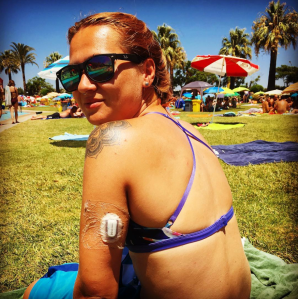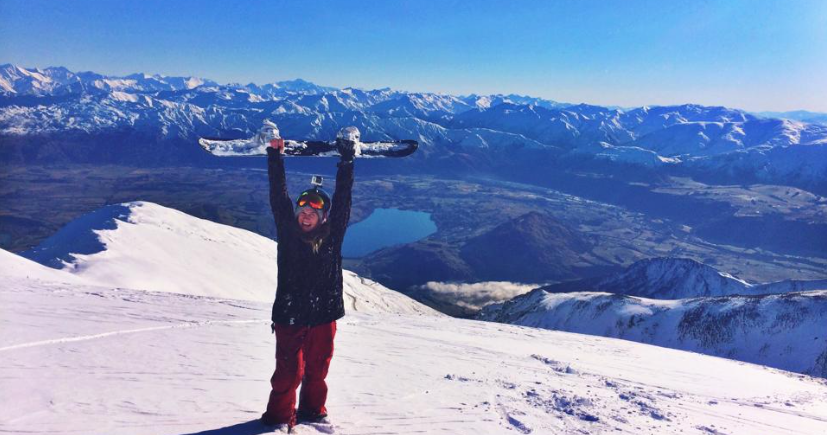 It was a cold September morning in 2014 somewhere amongst the Southern Alps when I went out for breakfast on my day off. I treated myself to a pancake stack with grilled banana, bacon and maple syrup. I thought nothing of the immediate tiredness, light-headedness and general unpleasantness. It had been my body’s normal reaction to an average meal for some time.
It was a cold September morning in 2014 somewhere amongst the Southern Alps when I went out for breakfast on my day off. I treated myself to a pancake stack with grilled banana, bacon and maple syrup. I thought nothing of the immediate tiredness, light-headedness and general unpleasantness. It had been my body’s normal reaction to an average meal for some time.
Exactly two hours after laying down my knife and fork, a nurse was testing my blood. Herself and a dietitian had guesses over what my blood sugar level was going to be after that sort of a breakfast. The normal range is 4-8 mmol/L. They suspected I’d be in the high teens when the monitor beeped with my result: 31. ‘You have type 1 diabetes’, she said, immediately and matter of factly. I started to cry. Despite having had all the symptoms of type 1 diabetes, I was in shock and my head was swimming. How has this happened? Why do I have diabetes? Is this a mistake? What does this mean now? Those at the highest risk of diabetes are people over 45, overweight, have family members with diabetes, don’t exercise, hive high blood pressure, and are members of certain racial groups. I’m the complete opposite of all of these. My risk of Type 2 diabetes was at the lowest of the low. That’s why I join the other 10% of diabetics who are Type 1.
The warning signs
The day before going to hospital I was sat in the doctors office, expressing my concern over my symptoms. I’d had a medical exam for my New Zealand Visa in May, which showed up as having abnormally high glucose levels, but the doctor at the time ticked and signed me off, and I went through Immigration without much of a hitch. I ignored the blood results until recently, when the symptoms were becoming too much to cope with. I was wee-ing what felt like constantly during the day, and getting up 5-7 times a night. I had an unquenchable first, was always tired, had mood changes, abdominal pain, skin infections, hunger, poor concentration, weight loss and a tingling in my fingers. I didn’t realise they were all related, or what they all meant. And when the doctor referred me to the laboratory and hospital the following day as a matter of urgency, I was pretty nervous and scared.
What is type 1 diabetes?
Having Type 1 Diabetes means I have an autoimmune disease in which my pancreas fails to produce enough insulin. Insulin is a hormone which circulates the bloodstream and allows the glucose which has been broken down from food to be able to pass into the cells and used for energy. So my body waged a war against itself and my immune system accidentally attacked and destroyed the insulin-producing cells in the pancreas. Which in turn basically means I’ve been peeing out my food for the last x number of weeks. This also explains the tiredness and weight loss. I was lucky I went to the doctors when I did, before I got so sick that I had to be hospitalised.
The onset of Type 1 diabetes has nothing to do with diet or lifestyle. There is nothing you can do to prevent it and there is nothing you can do to cure it.
But it can be managed.

What this means for me is a life full of numbers, of having to think about every item of food and drink that goes past my lips. I have to carry my glucose monitoring kit and insulin around with me everywhere I go. And every day for the rest of my life I have to prick my finger and inject myself. Yes it hurts and yes it’s uncomfortable but it’s going to keep me alive. Life may have just dealt me a bad hand, but it’s all about how you play it, and I plan on winning with mine.
